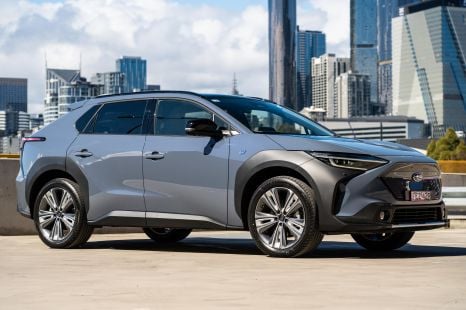

William Stopford
Subaru Solterra recalled
3 Minutes Ago

News Editor
Hybrid models now account for around 40 per cent of sales of GWM Haval’s SUV range, and GWM Australia expects this to climb to 50 per cent as soon as this year.
That’s despite GWM charging a significant premium over these vehicles’ petrol-powered counterparts within the Haval Jolion and H6 line-ups, while also restricting the more efficient powertrain to higher-grade Lux and Ultra trim levels.
Over the last three months, GWM says hybrids have accounted for 39.7 per cent of all sales of its Haval-badged SUV models – just under 40 per cent for the Jolion, and around 45 per cent for the H6.
“Given the trajectory we’re seeing, that’s something we might even see by the start of quarter four, but the momentum is certainly there and the products have been really well-received,” said a spokesperson for GWM Haval Australia.
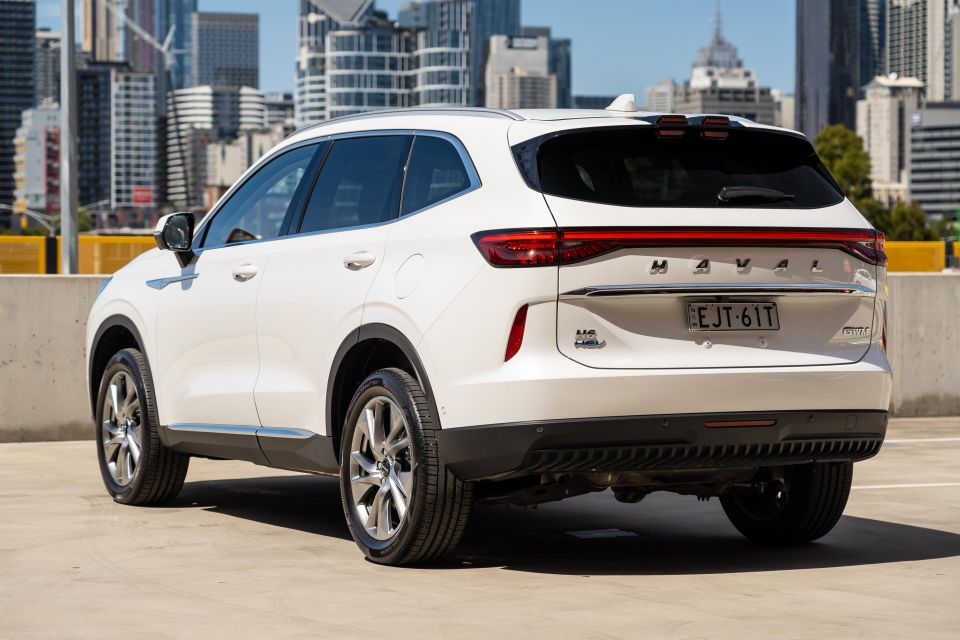
There are no plans, however, to add base hybrid variants to the Jolion and H6 ranges, as Toyota does with its rival Corolla Cross and RAV4.
“As a growing brand, we have to think very carefully about complexity of model range, not just for customers but for dealers, and for us to manage as well,” said the spokesperson.
“I think at this stage we’re pretty happy with how the Lux and the Ultra hybrids are performing, and I think the numbers I’ve shared with you definitely demonstrate this.”
The Jolion and H6 hybrids arrived here in 2022 in Ultra guise, gaining more affordable Lux variants earlier this year. Nevertheless, the hybrids still command a premium of between $5500 and $6500 over their equivalent petrol versions.
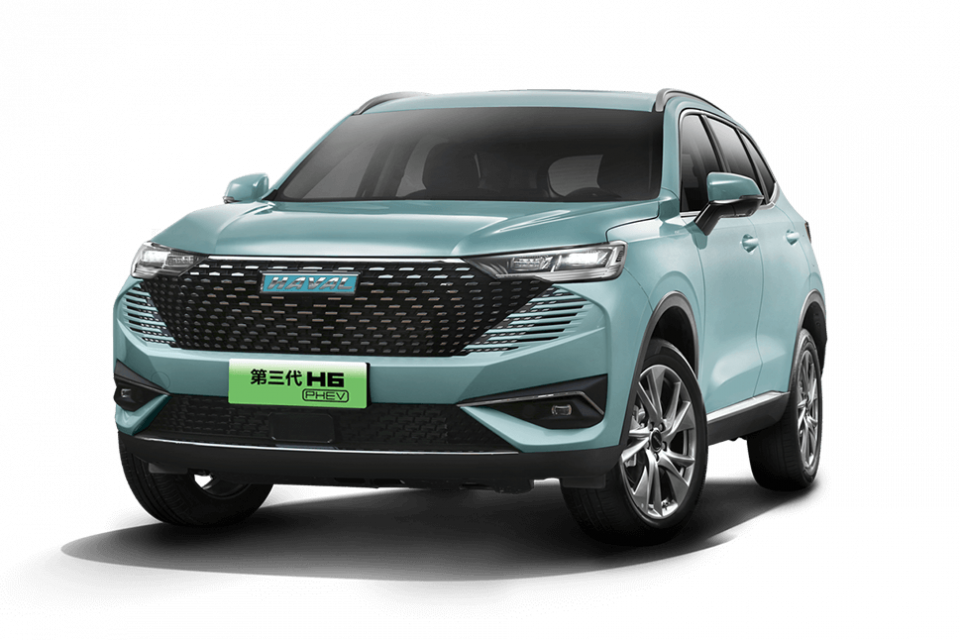
There has been no movement on getting a hybrid version of the H6 GT coupe SUV to Australia, but a plug-in hybrid version of the H6 is still being weighed.
“H6 plug-in hybrid, we brought one out here to have a look at it but there’s been no confirmation on it yet that we can actually get it – so that remains under study, but not confirmed,” said the spokesperson.
Sales of the GWM Haval Jolion and H6 continue to grow in Australia. To the end of June, the Jolion is up 82.6 per cent while the H6 – excluding the H6 GT ‘coupe SUV’ – is up 70.7 per cent.
So far this year, GWM has sold 5523 Jolions and 4470 H6s. The Jolion is currently the third best-selling vehicle in its segment behind only the MG ZS and Mazda CX-30, while the H6 is outselling stalwarts like the Volkswagen Tiguan and Renault Koleos.
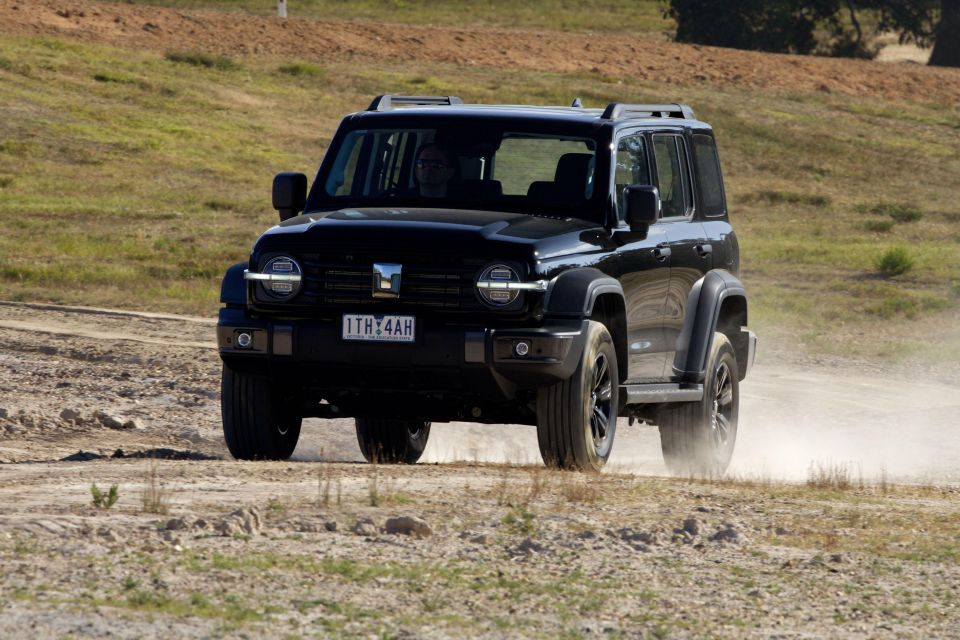
GWM announced last year it wants 80 per cent of Haval sales globally to be plug-in hybrid or pure-electric by 2025, ahead of an end to internal-combustion drivetrain production entirely by 2030.
It’s not just GWM’s Haval range that has been the recipient of electrification, with the company’s Tank brand also receiving hybrid powertrains.
While the first GWM Tank 300s reaching showrooms are petrol-powered, a hybrid model is arriving soon.
“It is getting closer, so we can expect to see that in the coming weeks,” said the GWM Australia spokesperson.

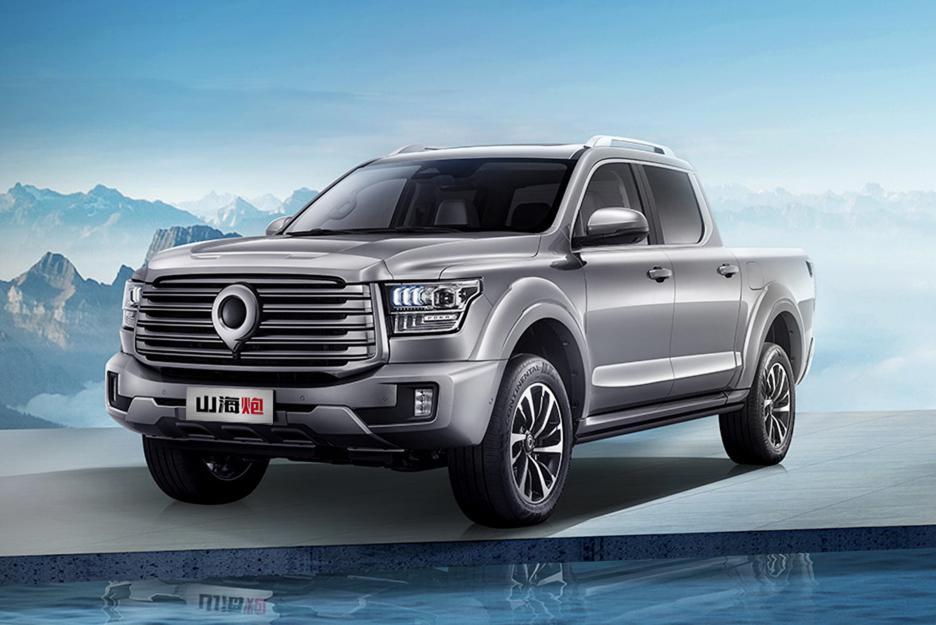
The company has yet to officially confirm the larger GWM Tank 500 for Australia, but it says it’s evaluating the model in all its permutations – including the hybrid and plug-in hybrid variants offered overseas, as well as the petrol model.
A hybrid version of the GWM Shanhai Cannon, a more premium counterpart to the existing Ute/Cannon, is also being evaluated for Australia.
While GWM’s Haval hybrids face competition from the likes of Honda, Hyundai, Nissan and Subaru, these larger, body-on-frame SUVs and utes will stand virtually alone.
At the moment, there are no hybrid utes on sale in Australia, while not even Toyota has a hybrid off-roader in its stable.
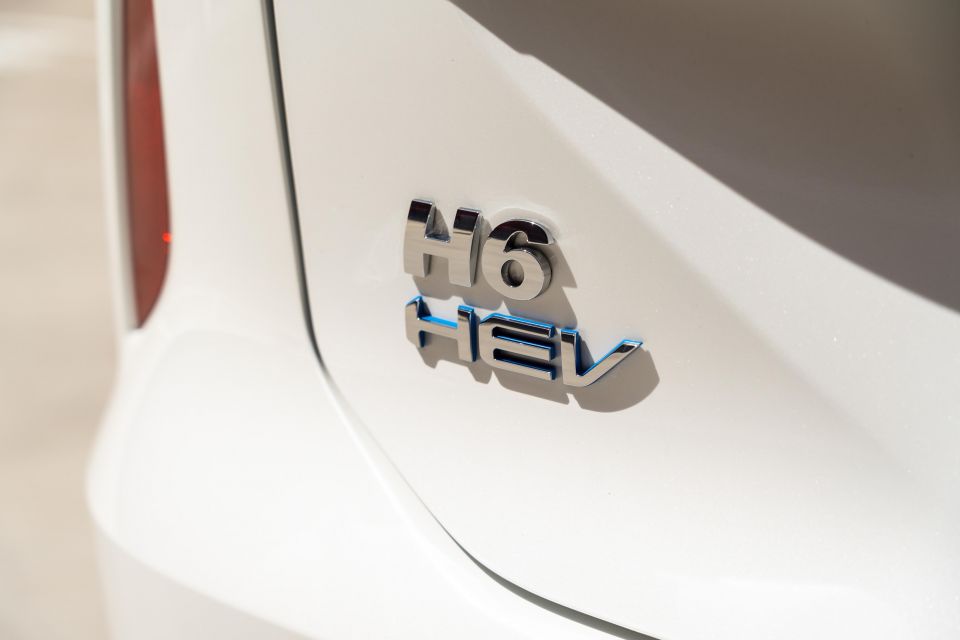
Where expert car reviews meet expert car buying – CarExpert gives you trusted advice, personalised service and real savings on your next new car.
William Stopford is an automotive journalist with a passion for mainstream cars, automotive history and overseas auto markets.


William Stopford
3 Minutes Ago


Derek Fung
3 Hours Ago
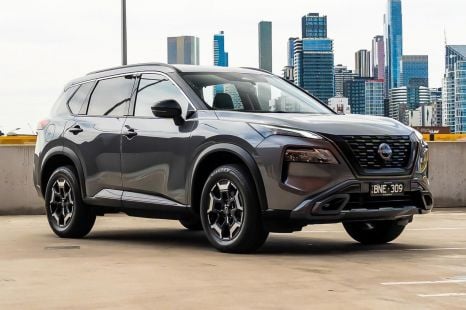

William Stopford
10 Hours Ago
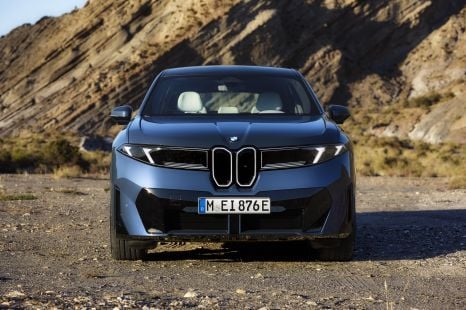

William Stopford
1 Day Ago
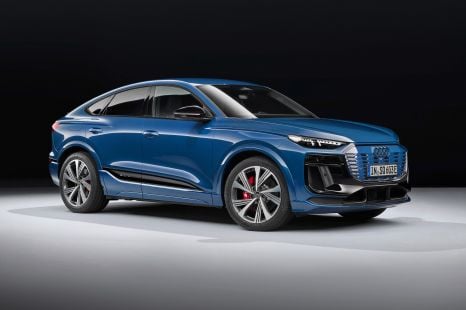

William Stopford
1 Day Ago
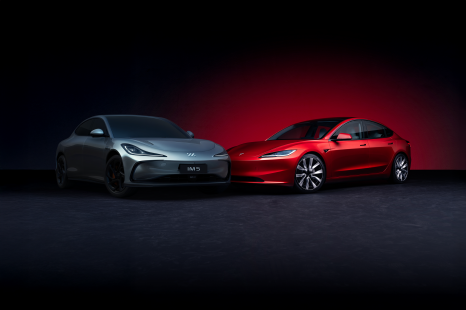

Andrew Maclean
1 Day Ago